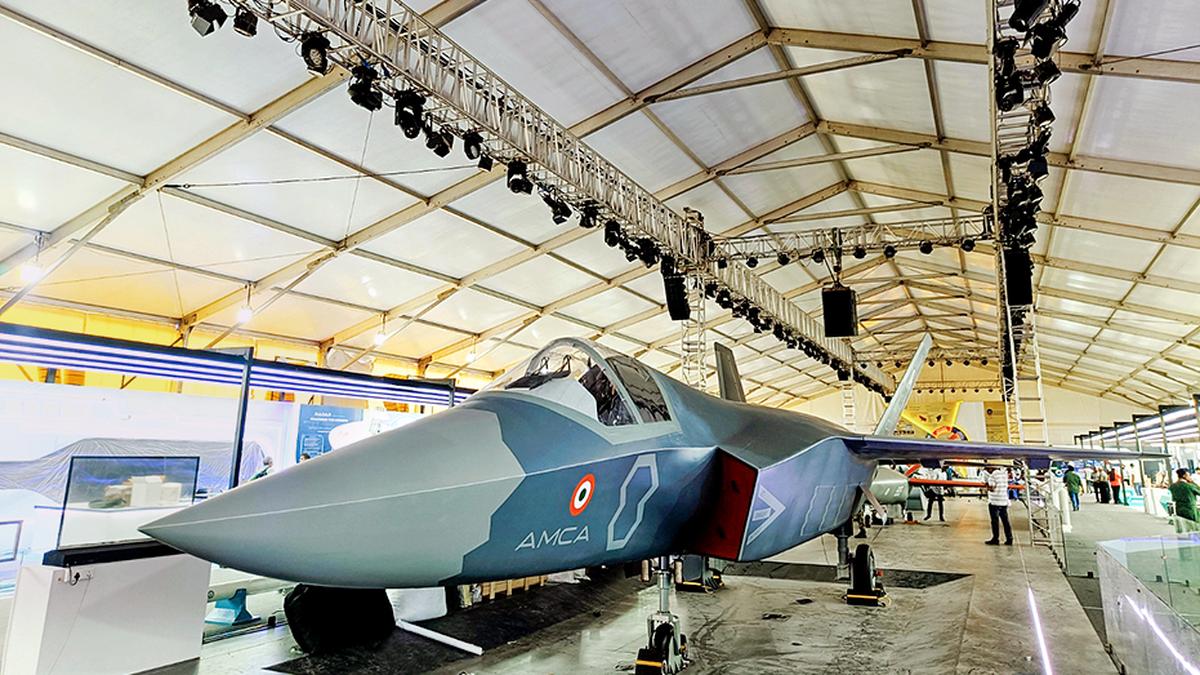SOURCE: RAUNAK KUNDE / NEWS BEAT / IDRW.ORG


The Indian Air Force (IAF) is reportedly contemplating an additional order of 20 Advanced Medium Combat Aircraft (AMCA) Mk1 fighter jets, powered by the older General Electric F414 engines, to ensure continuity in production lines, according to sources close to idrw.org. This move comes as the transition from AMCA Mk1 to the more advanced Mk2 variant could leave the production line idle for approximately 12-18 months, potentially disrupting manufacturing momentum and supply chains.
The Aeronautical Development Agency (ADA), tasked with developing India’s fifth-generation stealth fighter, is preparing to establish a Special Purpose Vehicle (SPV) model for the AMCA’s production. This collaborative framework will likely involve private industry partners and is expected to be based at the Hindustan Aeronautics Limited (HAL) facility in Nashik. The SPV model aims to streamline production, enhance efficiency, and integrate advanced manufacturing processes to meet the IAF’s operational demands.
The initial production batch of 40 AMCA Mk1 jets, equipped with the F414 engines, is already planned. These jets will lack several advanced features slated for the AMCA Mk2, which is expected to incorporate next-generation technologies, enhanced stealth capabilities, and a more powerful engine. The IAF has expressed interest in procuring 100 AMCA Mk2 units, reflecting its long-term commitment to the program as a cornerstone of its future air combat capabilities.
The potential order for an additional 20 AMCA Mk1 jets is under evaluation to avoid a production hiatus during the transition to the Mk2 variant. The AMCA Mk1, while a capable fifth-generation platform, is considered an interim design with limitations compared to the Mk2. Upgrading Mk1 jets to Mk2 standards post-production would be challenging and constrained by design and structural differences, making a full retrofit unfeasible.
The IAF’s consideration of this additional order underscores the strategic need to maintain a steady production cadence at HAL’s Nashik facility. A prolonged gap could disrupt workforce expertise, supply chain logistics, and the overall timeline of the AMCA program, which is critical for modernizing the IAF’s fleet amid regional security challenges.
However, the IAF’s deliberations also highlight the challenges of transitioning to a more advanced variant. The AMCA Mk2 is expected to feature a new engine—potentially developed in collaboration with an international partner—along with upgraded sensors, artificial intelligence integration, and enhanced stealth characteristics. These advancements will make the Mk2 a more formidable platform, but the production shift requires careful planning to avoid delays.
NOTE: Article cannot be reproduced without written permission of idrw.org in any form even for YouTube Videos to avoid Copy right strikes. Websites doing illegal reproductions will get DMCA and Legal Notices.